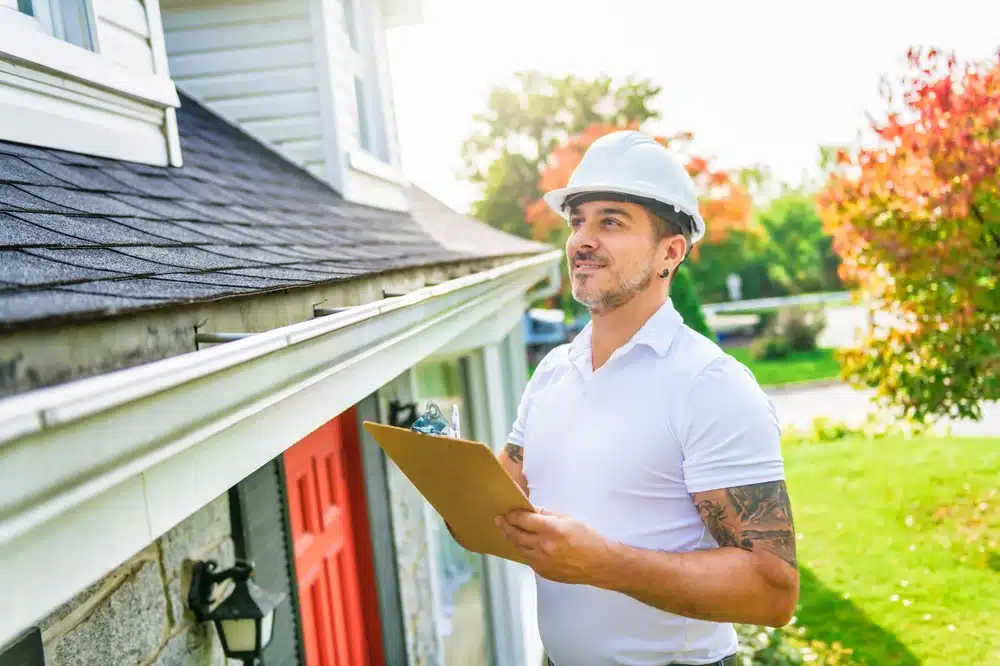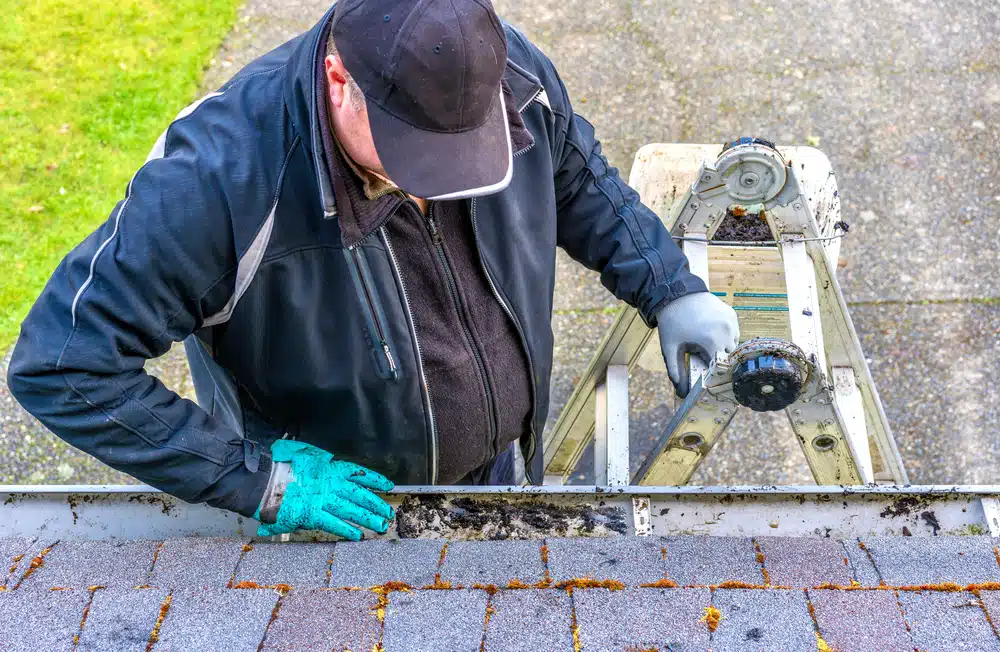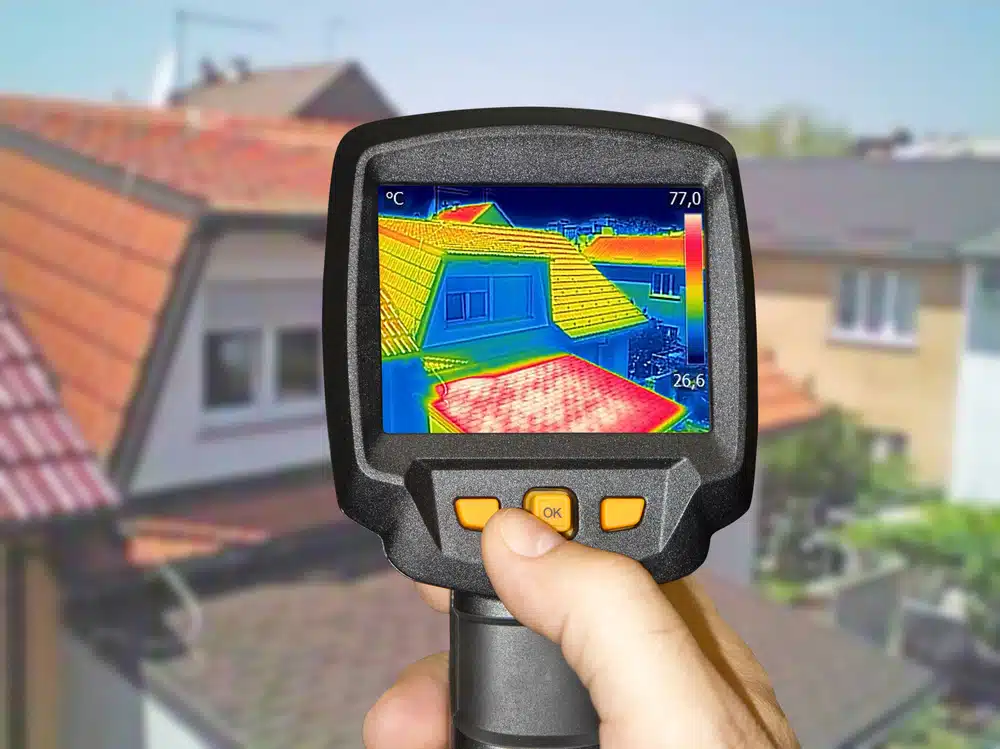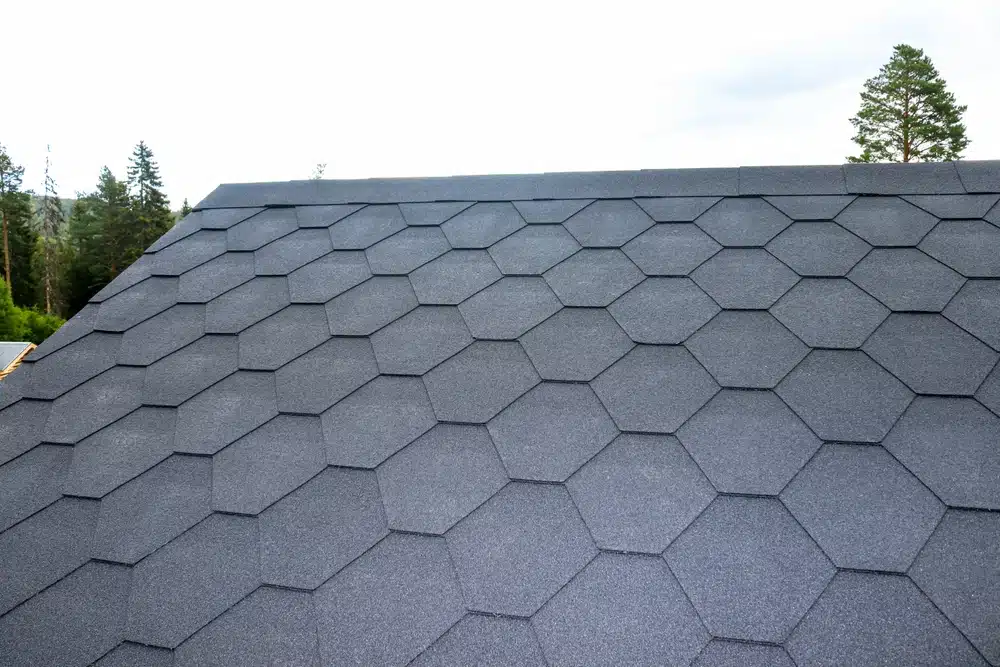Knowing When to Act: Signs You Need a Professional
Maintaining your roof is critical to ensuring the longevity and safety of your home. Regular roof inspections can help prevent costly repairs by identifying issues early. In this comprehensive guide, we’ll walk you through the steps to inspect your roof, common problems to look out for, and when it’s time to call in a professional. By following these roof maintenance tips (read more on this blog), you can keep your home safe and dry, and extend the life of your roof.
Table of Contents
- Safety First
- Exterior Inspection
- Interior Inspection
- Common Roof Issues
- Using Technology for Roof Inspections
- When to Call a Professional
- Seasonal Roof Care
- The Benefits of Professional Roof Maintenance

Safety First
Before you begin your roof inspection, it’s essential to prioritize safety. Climbing on your roof can be dangerous if not done correctly.
Use Proper Equipment: Ensure you have the right ladder, shoes with good grip, and a safety harness if necessary. The ladder should be stable and placed on a solid surface.
Avoid Dangerous Conditions: Do not climb on your roof during rainy, very hot, or windy days, or when the roof is icy. Wet or extreme weather conditions increase the risk of slips and falls.
Have a Spotter: If possible, have someone with you to hold the ladder and assist you. A spotter can provide an extra level of safety by stabilizing the ladder and being there in case of an emergency.
Exterior Inspection
Start your roof inspection by examining the exterior. This step involves checking the condition of shingles, flashings, gutters, and the overall roof surface.
Shingle Condition: Look for shingles that are missing, cracked, or curling. These can cause leaks and allow water to seep into your home. Pay attention to any holes or wear and tear that might indicate aging.
Flashings and Seals: Inspect the seams where vertical walls meet and where chimneys, vents, and skylights are installed for cracks. Proper installation and sealing of the flashings are crucial to prevent water penetration.
Gutters and Downspouts: Ensure gutters are clean, not leaking, or sagging. Blocked or damaged gutters can cause water to overflow and seep into the roof. Check for any signs of rust, corrosion, or detachment from the house.
Roof Surface: Look for damages like the shedding of granules on the shingle surface. If possible, check the underlayment for any signs of deterioration. The underlayment is a critical barrier that helps prevent water infiltration.

Interior Inspection
Next, move inside your home to inspect the interior, particularly the attic. This step helps identify any signs of roof issues that might not be visible from the outside.
Water Stains: Look for water stains or discoloration on the ceiling and walls, indicating a potential leak. These stains can vary in color from yellow to brown and might grow over time if not addressed.
Mold and Mildew: Check for mold or mildew growth, which can result from prolonged moisture exposure. Mold not only damages your home but also poses health risks.
Insulation Condition: Ensure the insulation is dry and in good condition. Wet or compressed insulation can signal a leak. Proper insulation helps maintain your home’s temperature and prevents energy loss.
Daylight Through the Roof: If you see daylight shining through the roof boards, it means there are gaps that need to be sealed. These gaps can allow water and pests to enter your home, causing further damage.
Common Roof Issues
Understanding common roof issues can help you identify problems quickly and take appropriate action.
Leaks: Leaks are often caused by damaged shingles, flashing, or gutters. Look for water stains and damp spots. If left unchecked, leaks can cause significant structural damage and mold growth.
Blistering and Peeling: Blistering and peeling can indicate poor ventilation or trapped moisture in the roofing material. This issue can shorten the lifespan of your roof and require premature replacement.
Sagging Roof: Structural issues or water damage can cause parts of the roof to sag, requiring immediate attention. A sagging roof is a serious problem that can lead to collapse if not addressed promptly.
Granule Loss: Excessive granules in gutters or downspouts suggest the shingles are deteriorating. Granules protect shingles from UV rays, and their loss can accelerate roof aging.
Using Technology for Roof Inspections
Modern technology can enhance your roof inspection process, making it more thorough and accurate.
Drones: Drones can capture detailed aerial images of your roof, especially useful for hard-to-reach areas. They provide a bird’s-eye view and can spot issues that might be missed from the ground.
Infrared Cameras: Infrared cameras detect temperature differences that indicate water intrusion or insulation issues. They can identify leaks, heat loss, and areas with poor insulation.
Roof Inspection Apps: Roof inspection apps help document and analyze roof conditions, providing a comprehensive report. These apps can streamline the inspection process and offer valuable insights.

When to Call a Professional
While DIY inspections are useful, some situations require professional expertise. Knowing when to call a professional can save you time, money, and stress.
Severe Damage: If you find significant damage or structural issues, contact a roofing professional immediately. Severe damage can compromise your home’s safety and requires expert repair.
Uncertain Findings: If you’re unsure about the condition of certain roof components, a professional can provide a thorough assessment. Professionals have the training and experience to identify and fix issues correctly.
Regular Maintenance: Schedule professional inspections at least once a year to ensure your roof remains in excellent condition. Regular maintenance can extend your roof’s lifespan and prevent costly repairs.

Seasonal Roof Care
Different seasons bring different challenges for your roof. Here’s how to care for your roof throughout the year:
Spring: Inspect for any damage caused by winter weather, such as ice dams or fallen branches. Clean gutters and check for any leaks.
Summer: Check for signs of heat damage, such as cracking or blistering shingles. Ensure your roof is well-ventilated to prevent heat buildup.
Fall: Prepare for winter by cleaning gutters and inspecting for any loose or damaged shingles. Trim trees and ensure your roof is ready for snow and ice.
Winter: Remove snow buildup to prevent ice dams and weight damage. Inspect for any signs of leaks or damage after snowstorms.
The Benefits of Professional Roof Maintenance
Hiring a professional for regular roof maintenance offers several benefits:
Expertise: Professionals have the knowledge and experience to identify and fix issues correctly. They can spot problems that might be missed during a DIY inspection.
Safety: Roofing professionals have the proper equipment and training to conduct inspections safely. They can navigate your roof without the risk of injury.
Longevity: Regular professional maintenance can extend the lifespan of your roof. Preventative care and timely repairs can save you money in the long run.
Essential Roof Inspections for a Secure Home
Regular roof examinations are essential to maintaining a safe and secure home. By following these steps and knowing when to call in the professionals, you can address issues early and avoid costly repairs. For expert roof inspections and maintenance, trust CAN Roof Construction to keep your roof in optimal condition.
For more information or to schedule a professional roof inspection, contact CAN Roof Construction today. Your roof is our priority!